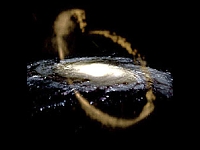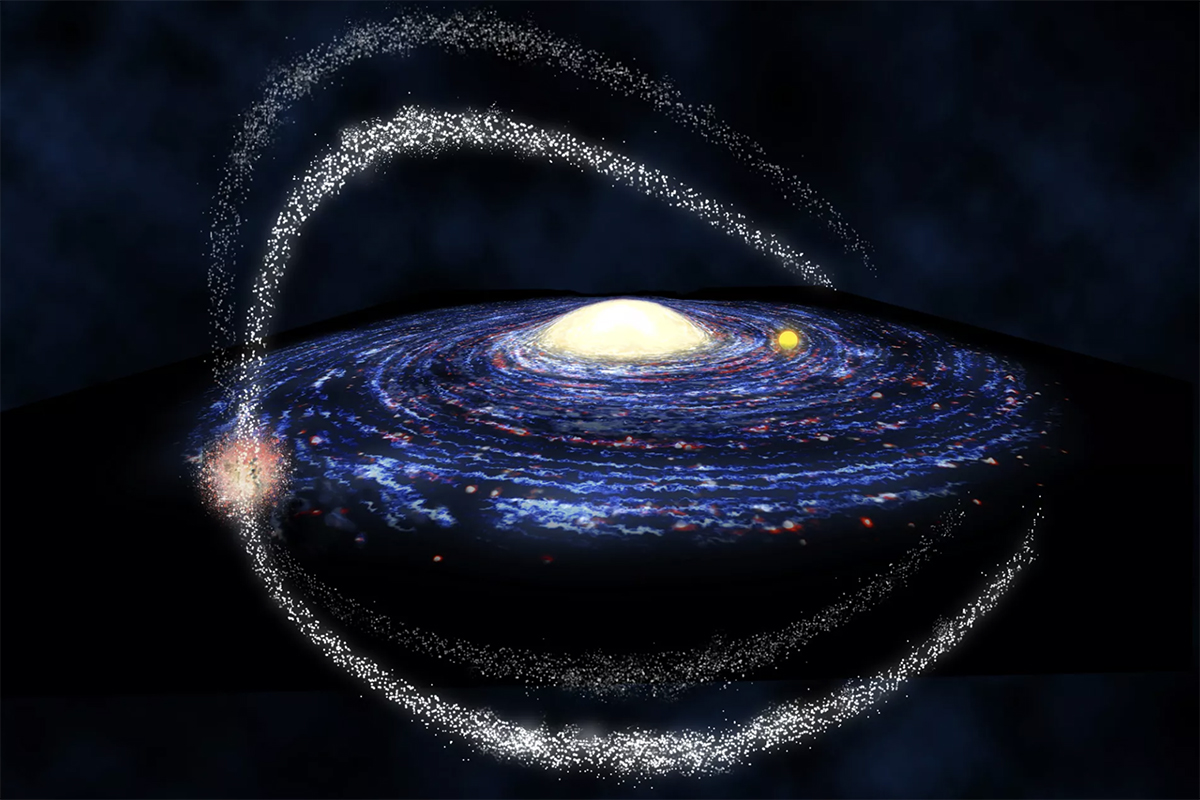«The Earth does not belong to this galaxy…»
 Recently, a news item appeared in the media that seemed suspicious to me from the start. An astronomical study concluding that our planet does not come from the Milky Way (although in some versions it says that it simply is not in it), but is part of the Sagittarius dwarf galaxy, until then totally unknown to the public not familiar with these subjects; the implications of this apparent discovery range from having solved the "great" mystery of the inclination with which we see the Milky Way at night, the explanation of global warming, the end of the Mayan calendar and some other apocalyptic nonsense. Here is an excerpt:
Recently, a news item appeared in the media that seemed suspicious to me from the start. An astronomical study concluding that our planet does not come from the Milky Way (although in some versions it says that it simply is not in it), but is part of the Sagittarius dwarf galaxy, until then totally unknown to the public not familiar with these subjects; the implications of this apparent discovery range from having solved the "great" mystery of the inclination with which we see the Milky Way at night, the explanation of global warming, the end of the Mayan calendar and some other apocalyptic nonsense. Here is an excerpt:
Pseudoscience says...
A group of American astronomers has discovered that the Milky Way is consuming a much smaller neighboring galaxy, called Sagittarius. Our Solar System is precisely located in one of the regions where both galaxies are intersecting, and for this reason we can conclude that our planet comes from the Sagittarius dwarf galaxy, and is not native to the Milky Way. This also explains the reason for the angle of inclination with which we see the Milky Way at night.
Science says...
This is a clear example of how the press skips basic steps in publishing a news story, and how it distorts information so that the result is much more "shocking." First, let's review the true facts of this story: Sagittarius dwarf elliptical galaxy, either SagDEG (Sagittarius Dwarf Elliptical Galaxy), is a small component of the so-called Local Group, a set of around 30 relatively close galaxies that includes the Milky Way. Due to its small size and the interstellar dust that prevents us from directly observing the center of the Milky Way, SagDEG is practically imperceptible to the human eye.


